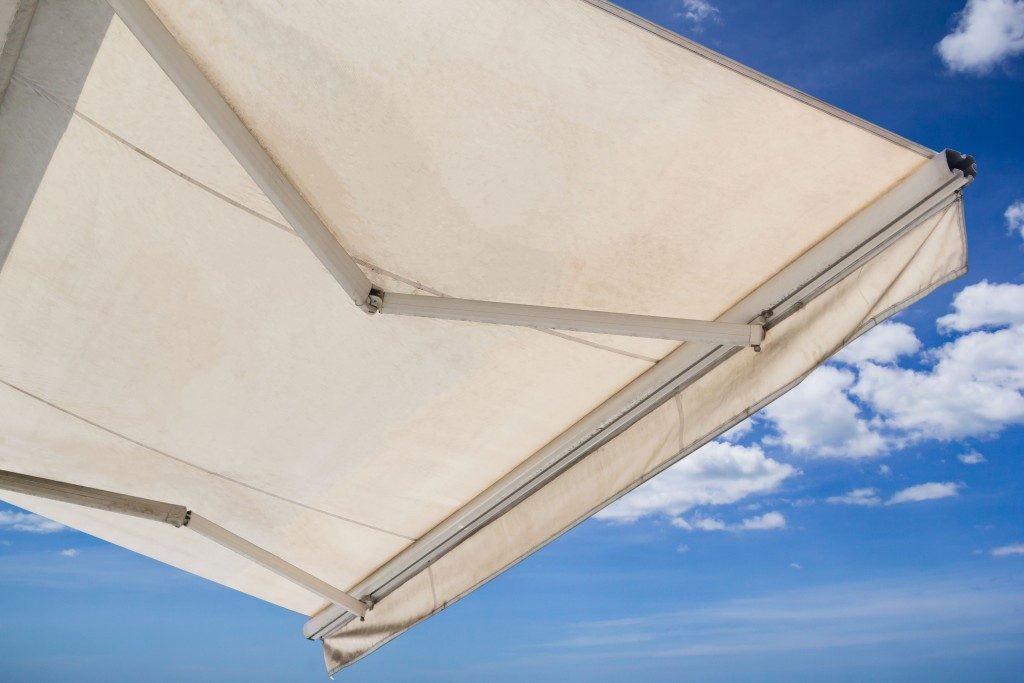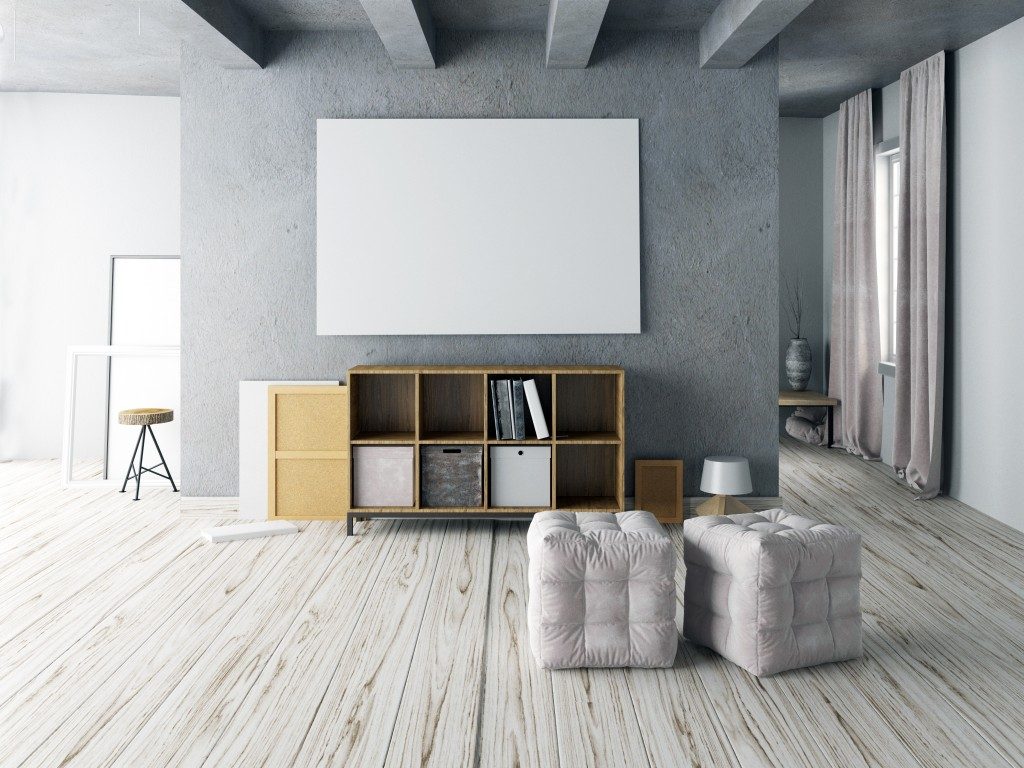When you talk about art, the first things that observers and pundits marvel are the technique, the strokes, and the themes. You will rarely hear them talk about the material that has served as the artwork’s foundation or base — the canvas.
And that is understandable, as canvas is a basic material that is expected to fulfill its job — to be a surface where artists can visualize and materialize their tastes and aesthetics. Maybe it’s time to stop and take some moments to appreciate the value of canvas.
Without it, there would be no great art. Without it, the most memorable art pieces in the world would have not existed. Artists should pick their canvas carefully. Otherwise, their artwork will be compromised.
It is safe to say that not all canvases are created equal — they have different purposes, but their ultimate reason for existence is to help the artist create art. Here are some of the important things to know about canvases.
Canvas: A Profile
Canvas is basically a thick, durable fabric that is stretched across a wooden frame. It is a sturdy material that some of the oldest canvases used in paintings and artworks have endured the passage of time.
Traditionally, it was made of hemp. But as time passed by and more ways to produce fabric were developed, people started making canvas out of cotton and linen.
For canvases to stay long, makers coat the material with a special type of film. This film keeps oil paint from actually merging with the fiber. If this happens, the canvas will harden and break easily over time.
The Types of Canvas
There are variants of canvas, and each of them has specific purposes and niches. Splined canvas is perhaps the most popular among artists. This is because this canvas type is much easier to stretch when needed.
There are also canvas boards; fabrics, such as linen or cotton, are glued to a wooden or hard cardboard. Stapled canvases are also popular among artists.
Picking a Canvas
The type of artwork may determine the type of canvas needed for the project. For those who want their impasto (textured layers of paint) to be more obvious, they should go for canvas that does not absorb parts of their old paint.
Instead, they should go for thicker canvas, which can support the weight of their paint’s texture. Thinner and smoother canvases are favored when it comes to printing. This should not be a problem, as there are many providers that offer canvas for printing in Utah.
Other Purposes

Other than being a blank slate for artists, canvases have other practical uses. Thicker canvases are used to build canoes and awnings. The same canvas type is also used for making wearable items and accessories, such as shoes and rucksacks.
Canvas is a material that should not be overlooked. As mentioned, without it, the greatest art pieces would not have been produced. Now may be the time to look at your blank canvas to admire it before you start painting it over with your colors and dreams.
